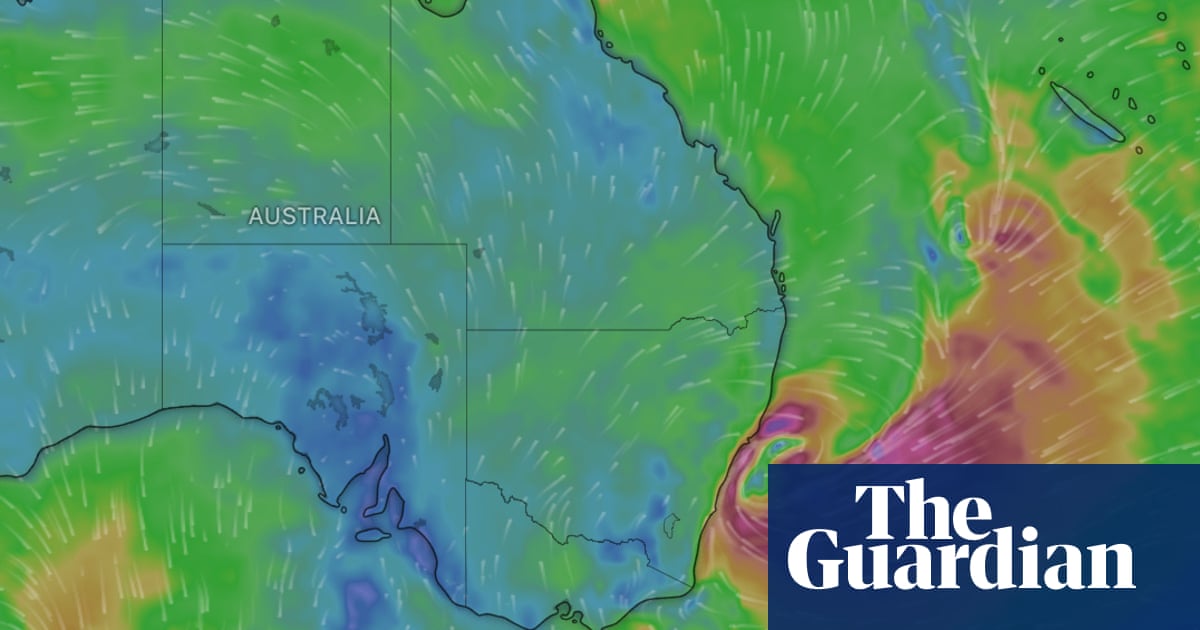A “vigorous coastal low” has formed off Australia’s east coast, the Bureau of Meteorology says,bringing potentially damaging winds, hazardous surf and persistent rainfall and flooding across much of the New South Wales coastline.
Authorities are still preparing for dangerous weather conditions on Tuesday and Wednesday, even though the system had not met the criteria for an “east coast low”,as predicted.
Australia is regularly affected by low-pressure systems and cold fronts. Some on the east coast can intensify quickly and hang close to the coast, producing persistent rain and strong winds.
So, what is the difference between coastal low and an east coast low?
While the current low-pressure system has some similarities to an east coast low, there are some important differences – mainly in physical characteristics, duration and moisture – a bureau spokesperson says.
“East coast lows are associated with high-impact weather, sometimes bringing extreme rainfall rates, storm-\force winds and large waves.”
Sign up for Guardian Australia’s breaking news email
An east coast low displays “an intense cyclonic circulation and distinct upper-atmospheric characteristics”, the spokesperson says.
East coast lows also have a longer duration, with impacts lasting over several days, while this week’s weather pattern was forecast to shift eastward on Wednesday.
“The most dangerous east coast lows tend to draw moisture-filled easterly winds into the NSW coast and further inland. This system is drawing south to south-westerly winds that, while still bringing moisture, do not hold as much water as an east coast low system and this is reducing the riverine flood risk.”
East coast lows usually hug the coast, drawing energy from the ocean and warm waters to the north, and can impact highly populated areas, says Dr Martin Jucker, an atmospheric scientist and senior lecturer at the University of New South Wales Climate Change Research Centre.
Nearby mountains, like the Great Dividing Range, could add to the potential for rain and flooding.
“But just because you don’t call it an east coast low, doesn’t mean we’re safe,” he says.
Both coastal lows and east coast lows are capable of bringing lots of rain, rough seas and damaging winds, along with the potential for flooding and damage.
The combination of flooding and strong winds is a particular problem, Jucker says. “If the two come together, you are really in for damage. Because first, if you soak up the soil, you expose the roots of trees, and then you come in with strong wind, those trees just won’t withstand any more.”
Low-pressure systems can form over southern Australia too but these systems are often rapidly moved eastward by the jet stream just off the southern coast of Australia.
“If you have a weather system that comes over the South Australian coast, it can still be as strong as an east coast low but it will be blown away rather quickly because of these very strong winds,” Jucker says.
